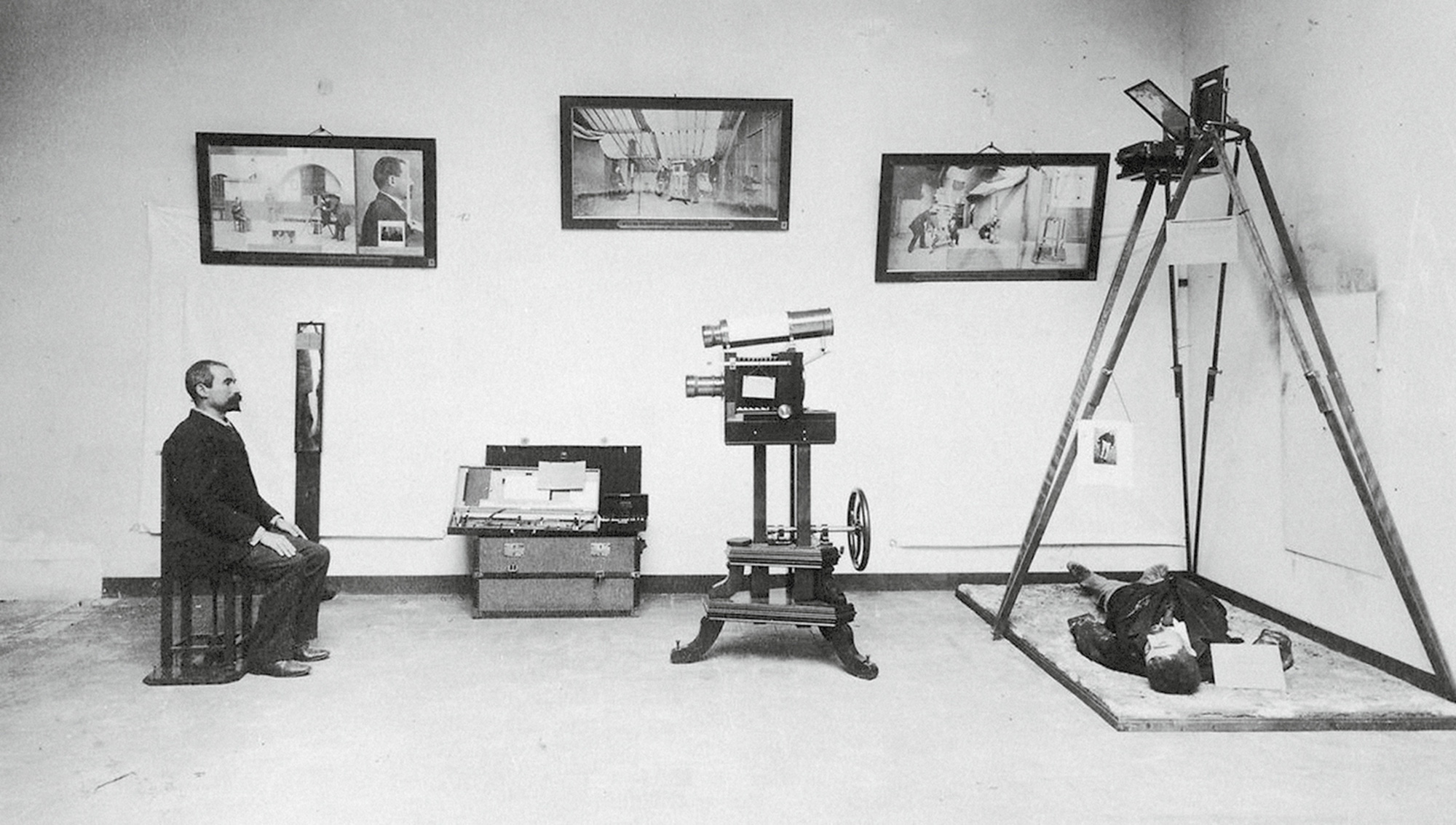The Similitude of the Wound
Framing the victim
Greg Siegel

“We cannot conceive of a more impartial and truthful witness than the sun, as its light stamps and seals the similitude of the wound on the photograph put before the jury.”[1] So declared James Jackson, chief justice of the Supreme Court of Georgia, in 1882. The esteemed justice was explaining his decision to allow a photo of a murder victim to be admitted into evidence. The victim’s throat had been slashed, and “the character of the wound,” in his estimation, “was important to elucidate the issue.”[2] As the slain man was presently six feet under, his injured flesh unavailable to direct inspection (and rapidly decomposing in any case), the court was open to evidentiary alternatives—and to one in particular. According to Jackson, the photographic image “would be more accurate than the memory of witnesses, and, as the object of all evidence is to show the truth, why should not this dumb witness show it?”[3]
Within the United States judicial system, the epistemological status of photographic evidence remained an unsettled question for much of the second half of the nineteenth century.[4] Photographs had been employed for evidentiary purposes in American courtrooms since the 1850s, and by the 1880s two contrasting perspectives had crystallized. In their range and polarity, these judicial perspectives reflected a wider (and still familiar) cultural ambivalence about photography’s nature and meaning. On the one hand, photographic realists such as Jackson emphasized the camera’s ability to automatically transcribe the truth of the natural world, to faithfully render the contours of objective reality. On the other hand, photographic constructionists called attention to the medium’s artificiality, its technical limitations and distortions as well as its susceptibility to unscrupulous manipulation.
By the end of the century, the photograph had, as a matter of judicial doctrine, been formally assimilated to the evidentiary category that included maps, sketches, paintings, diagrams, and other existing forms of visual representation. It was thereby deemed a mere illustration, a picture needing corroboration, analogous to—and no more probative than—witness testimony. As a practical legal matter, however, the photograph often slipped its categorical bounds and functioned as an independent means of verification. Rather than merely illustrating reality, it seemed to demonstrate it, substantiate it, prove it. The photograph was not a map or sketch or painting or diagram, and attorneys and juries—and many judges, too—duly appreciated the distinction.